2. Negative Environmental Effects
Destruction of habitats
Habitat destruction is the process by which a natural habitat becomes incapable of supporting its native species. The organisms that previously inhabited the site are displaced or die, thereby reducing biodiversity and species abundance. Wikipedia
Species extinction.
Human activity, the consumption of fossil fuels, the acidification of the oceans, pollution, deforestation, and forced migrations threaten life forms of all kinds. It is estimated that one-third of corals, freshwater molluscs, sharks, and rays, one-fourth of all mammals, one-fifth of all reptiles, and one-sixth of all birds are heading towards extinction”.
Melting permafrost
Early spring temperatures in the town of Deadhorse, on the north coast of Alaska, average -17 degrees Celsius. But with global warming affecting the Arctic more than anywhere, things are changing fast. At the end of March 2019, temperatures in Deadhorse hit 3C, a whole 20C warmer than the long-term seasonal average.
When permafrost is frozen, plant material in the soil—called organic carbon—can’t decompose, or rot away. As permafrost thaws, microbes begin decomposing this material. This process releases greenhouse gases like carbon dioxide and methane to the atmosphere.
Melting Sea Ice
Sea ice is frozen water that forms, expands, and melts in the ocean. It is different from icebergs, glaciers, ice sheets, and ice shelves, which originate on land
While sea ice exists primarily in the polar regions, it influences the global climate. The bright surface of sea ice reflects a lot of sunlight out into the atmosphere and, importantly, back into space. Because this solar energy “bounces back” and is not absorbed into the ocean, temperatures nearer the poles remain cool relative to the equator.
When warming temperatures gradually melt sea ice over time, fewer bright surfaces are available to reflect sunlight back into the atmosphere. More solar energy is absorbed at the surface and ocean temperatures rise. This begins a cycle of warming and melting. Warmer water temperatures delay ice growth in the fall and winter, and the ice melts faster the following spring, exposing dark ocean waters for a longer period the following summer.
Changes in the amount of sea ice can disrupt normal ocean circulation, thereby leading to changes in global climate. Even a small increase in temperature can lead to greater warming over time, making the polar regions the most sensitive areas to climate change on Earth.
1. Root causes
It Starts with:
Fossil Fuel Consumption
Effects of Intensive agriculture
Deforestation
ALL OF WHICH LEADS TO THE CREATION OF:
GREENHOUSE GASES
A greenhouse gas is a gas that absorbs and emits radiant energy within the thermal infrared range. Greenhouse gases cause the greenhouse effect on planets. The primary greenhouse gases in Earth’s atmosphere are water vapour, carbon dioxide, methane, nitrous oxide, and ozone. Wikipedia
Greenhouse gases cause warming on the planet, because they trap heat and prevent radiation to space. The main causes of greenhouse gases are human activities, in particular the burning of oil, coal and also the burning of forests and woodlands to open up farmland. Intensive farming also has a big part to play, as domestic cattle emit a huge amount of methane. An increasing amount of fires are caused by extreme heat and dryness, thus creating huge fires sparked by lightning, as in the California and Australian fires of 2019 and 2020.
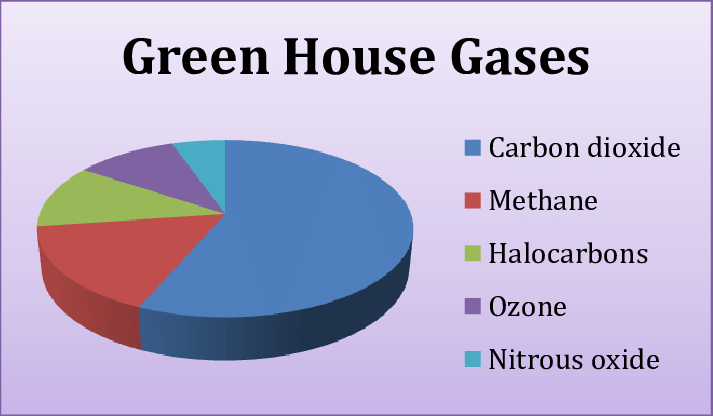
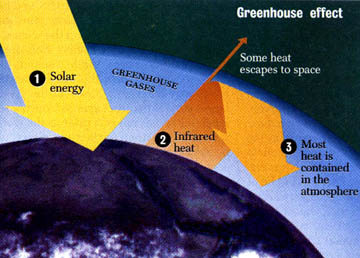
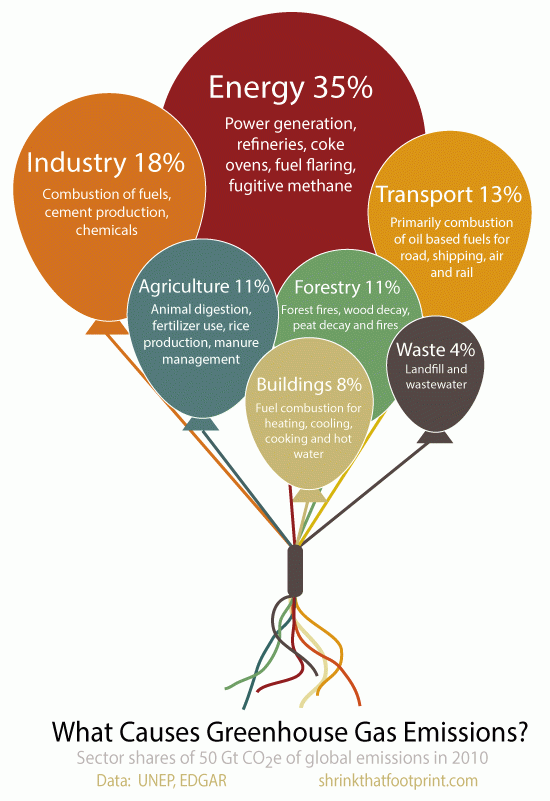
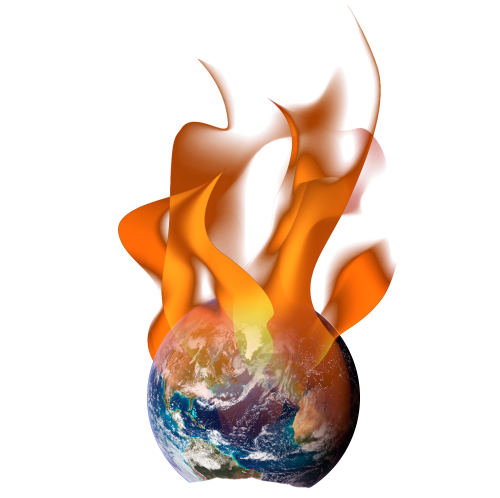
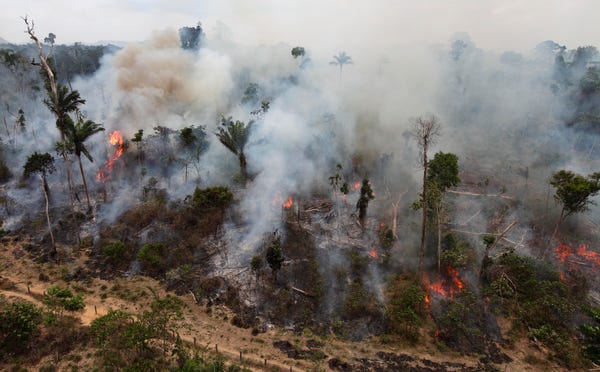
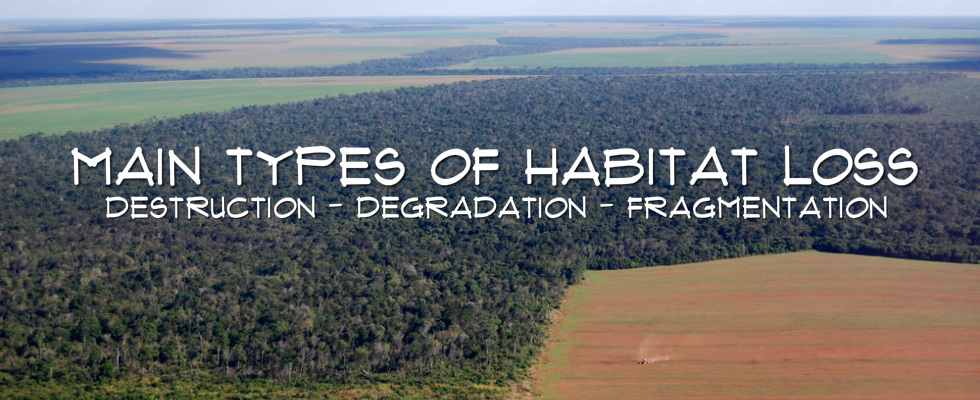
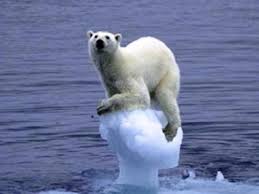
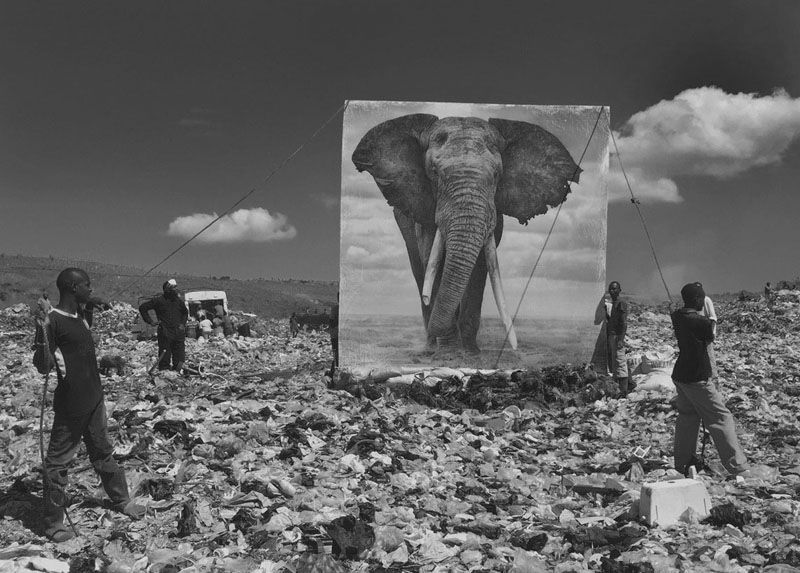
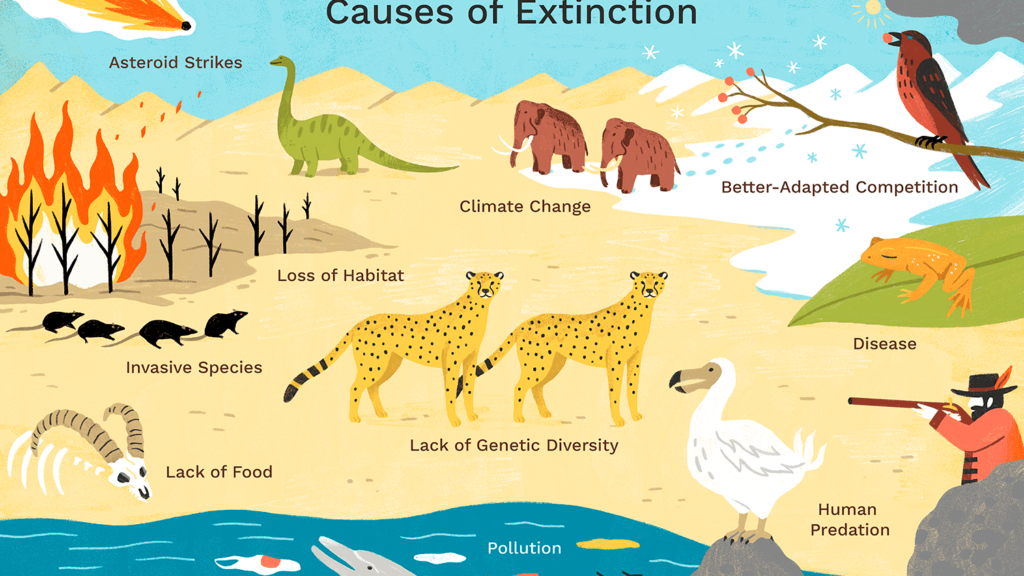
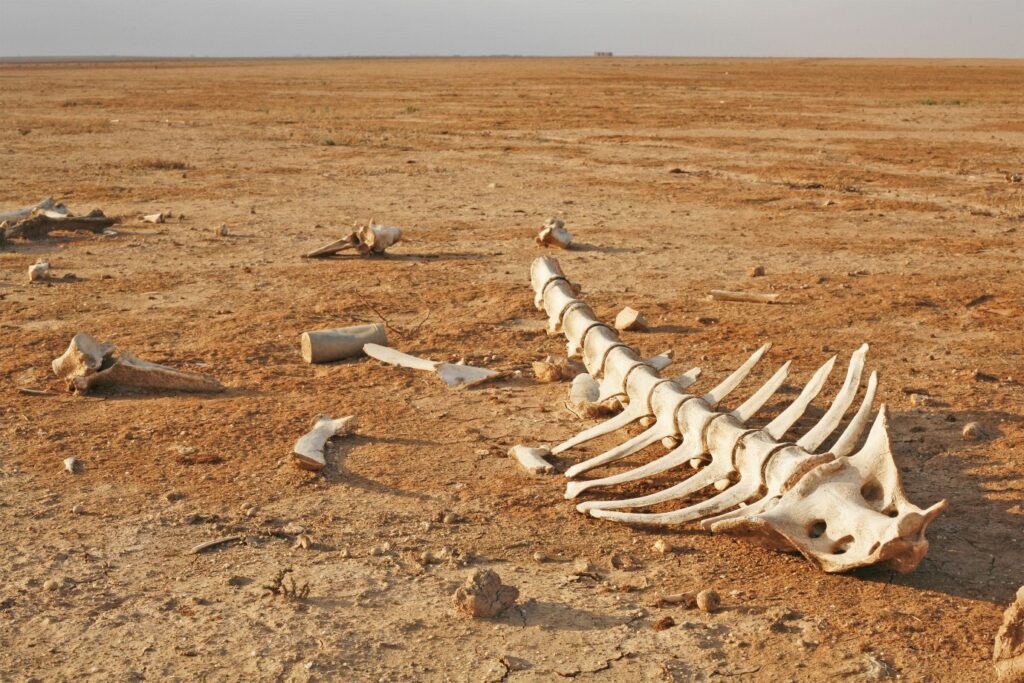
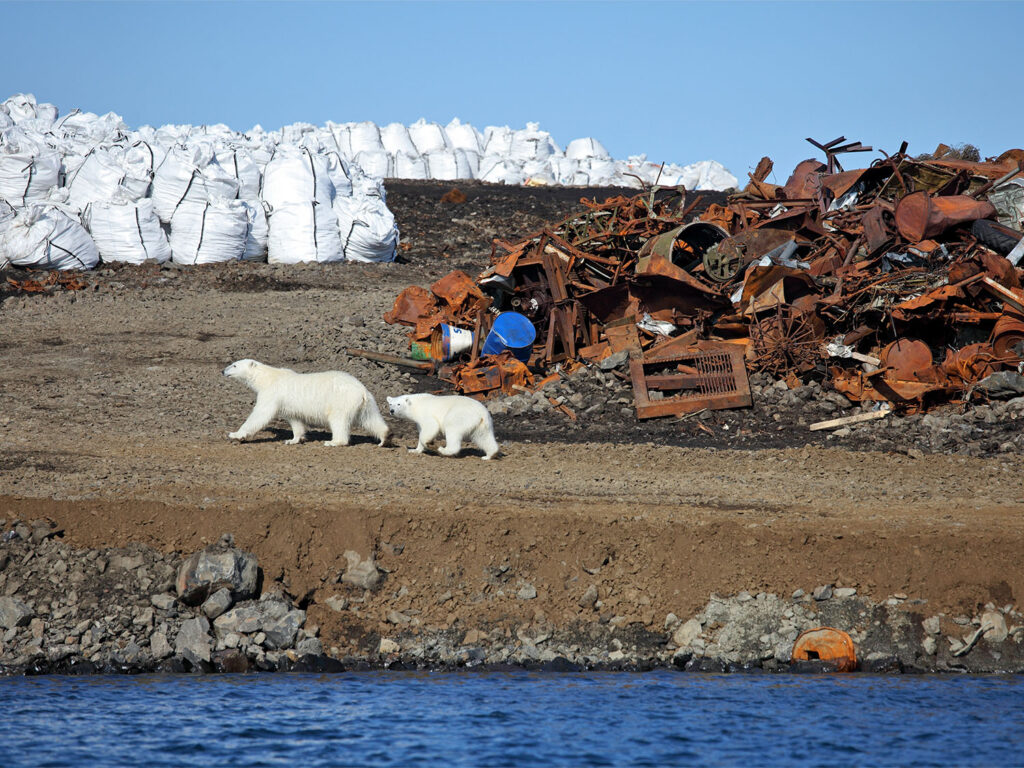
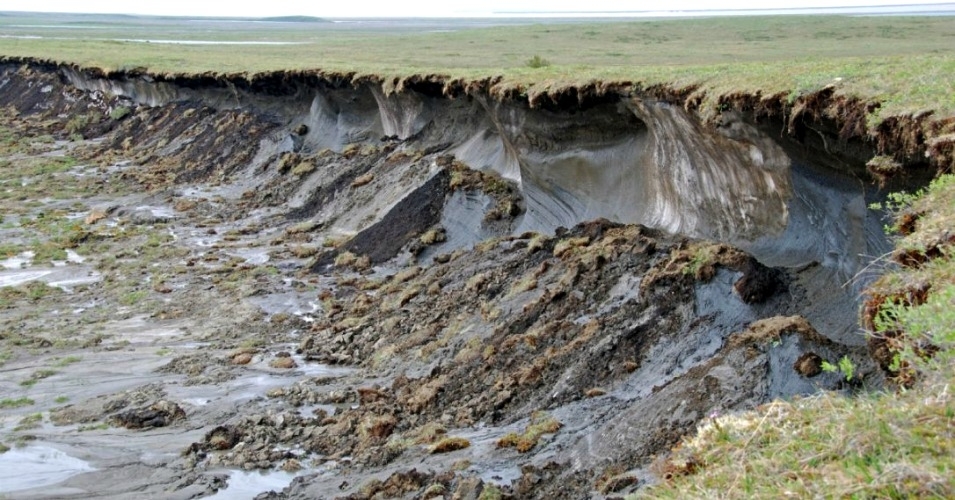
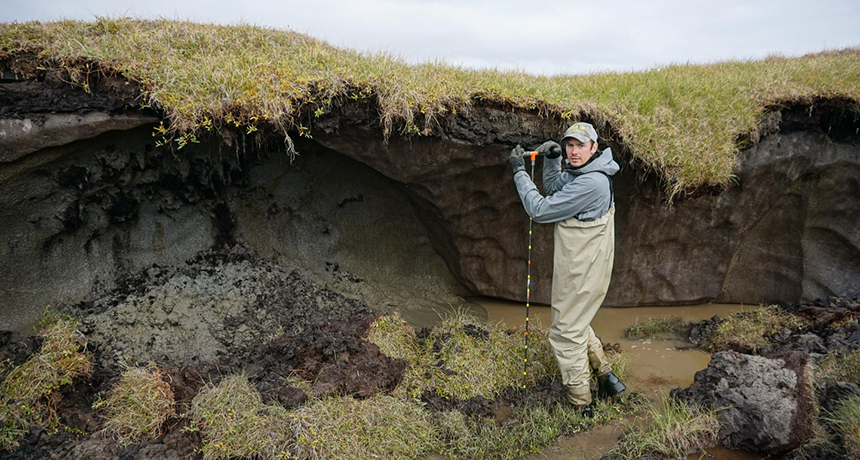
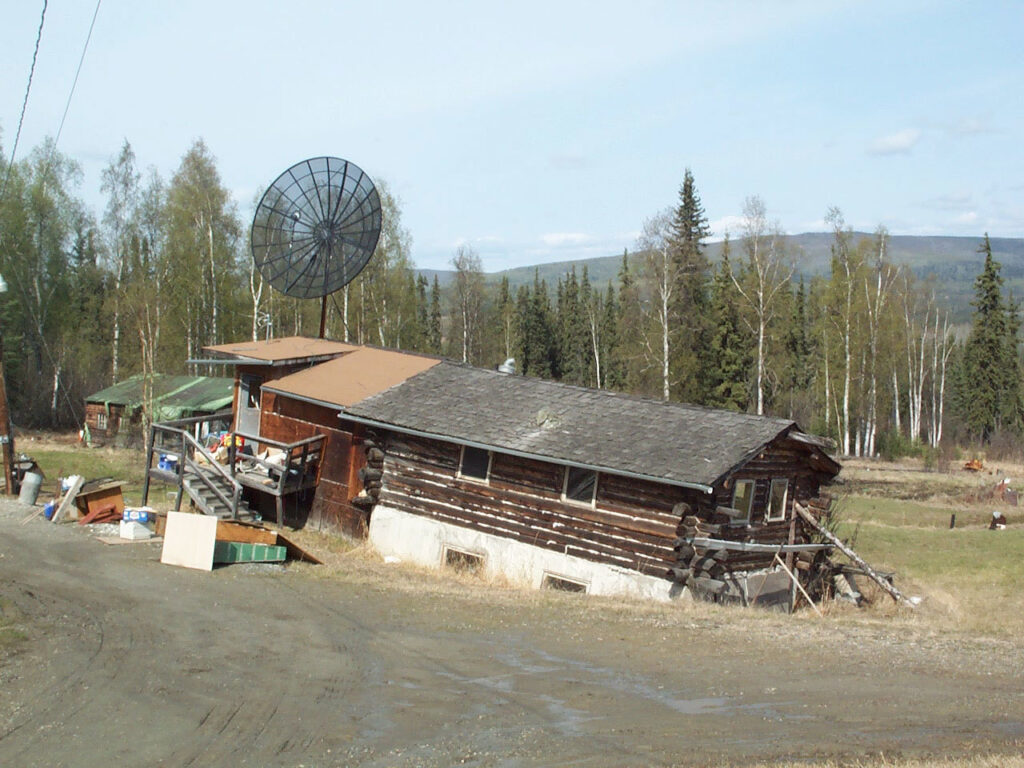
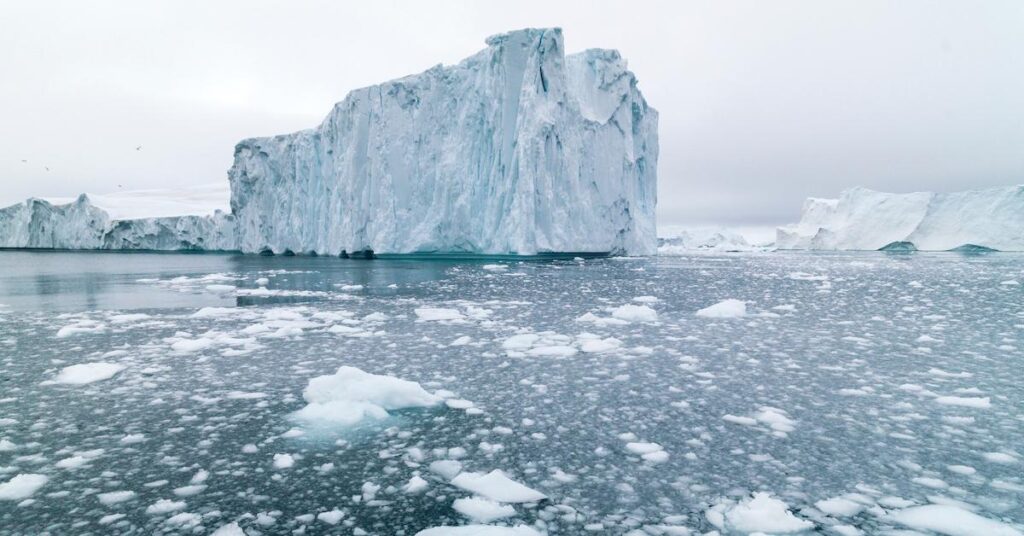
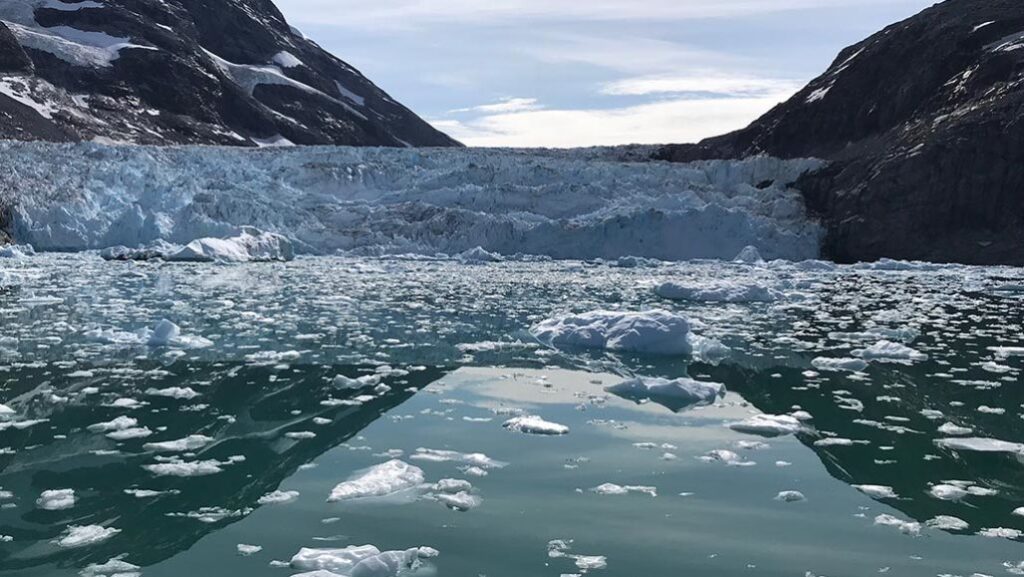
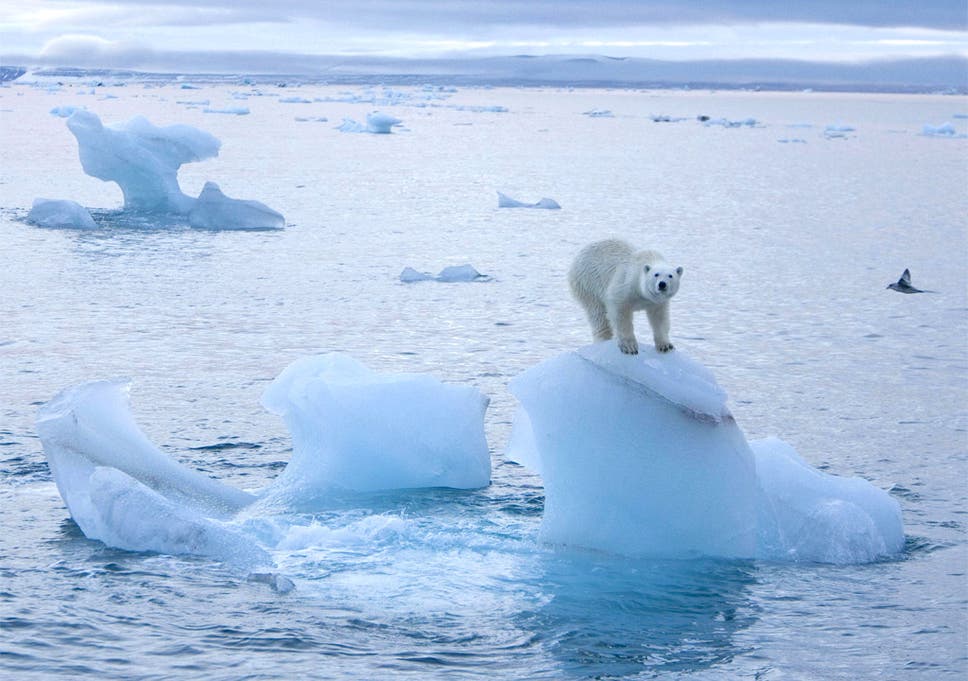
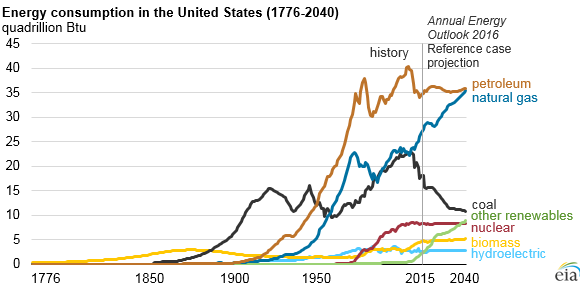
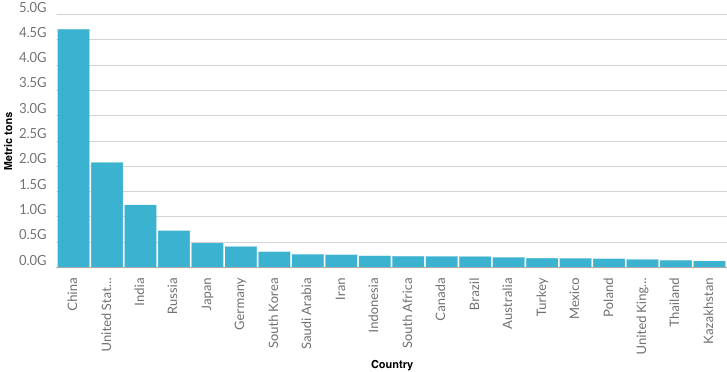

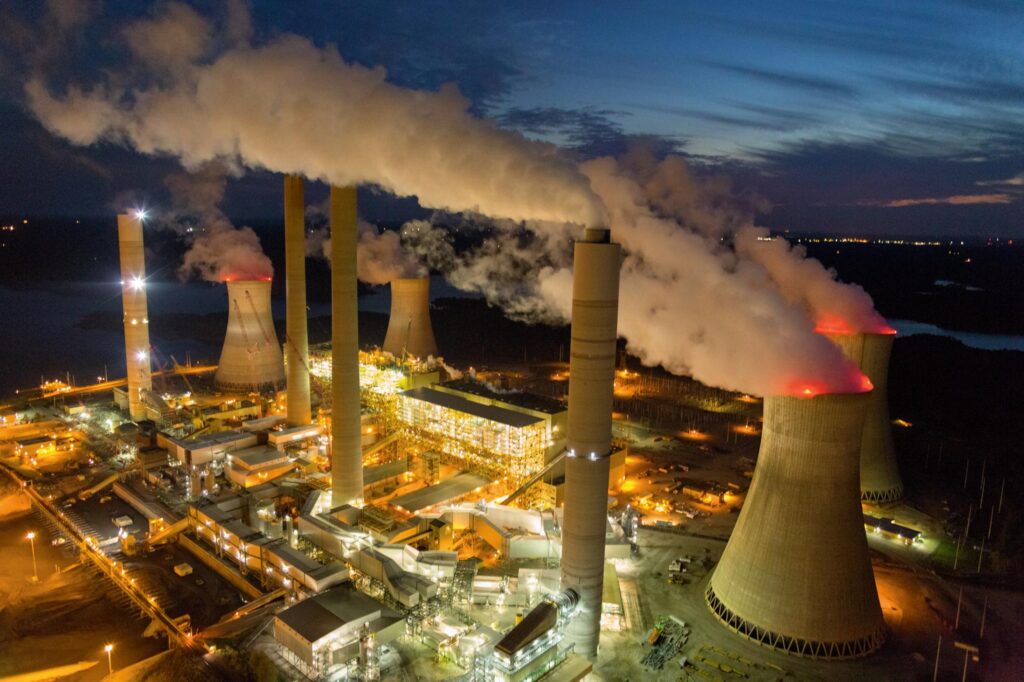
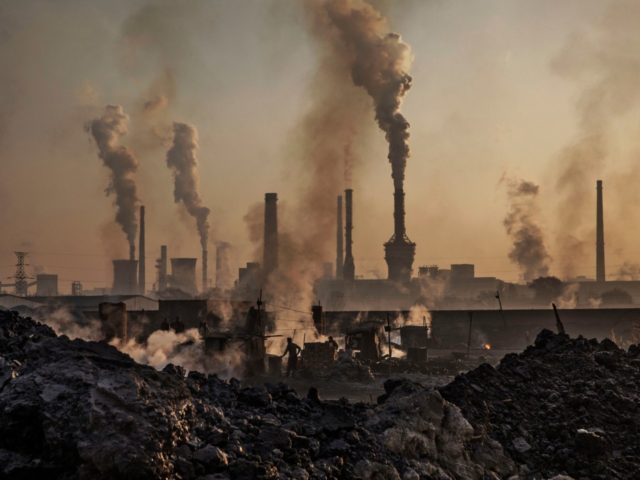

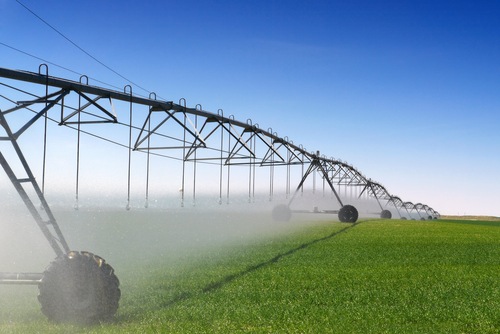
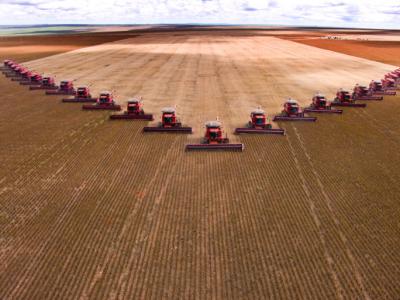
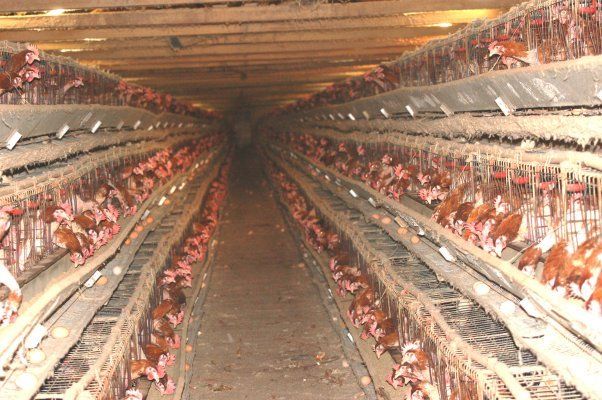
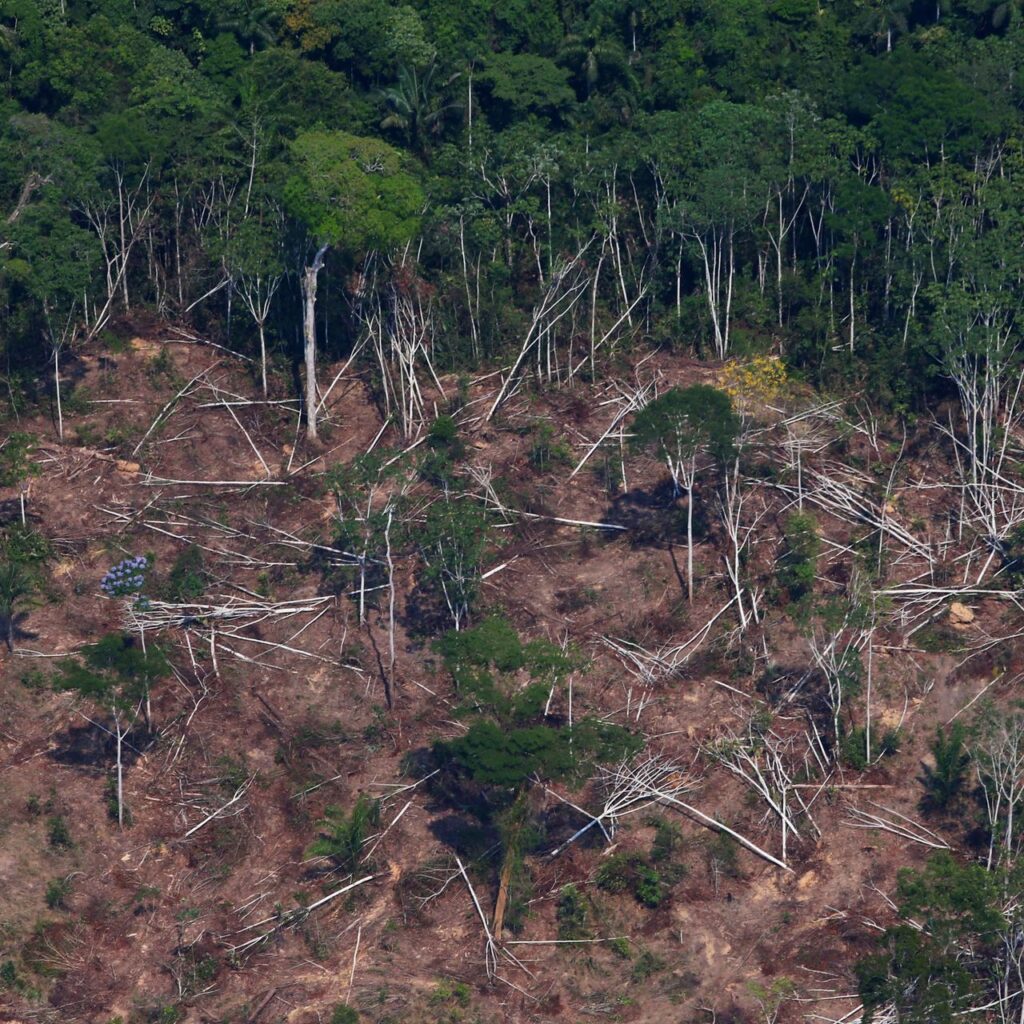
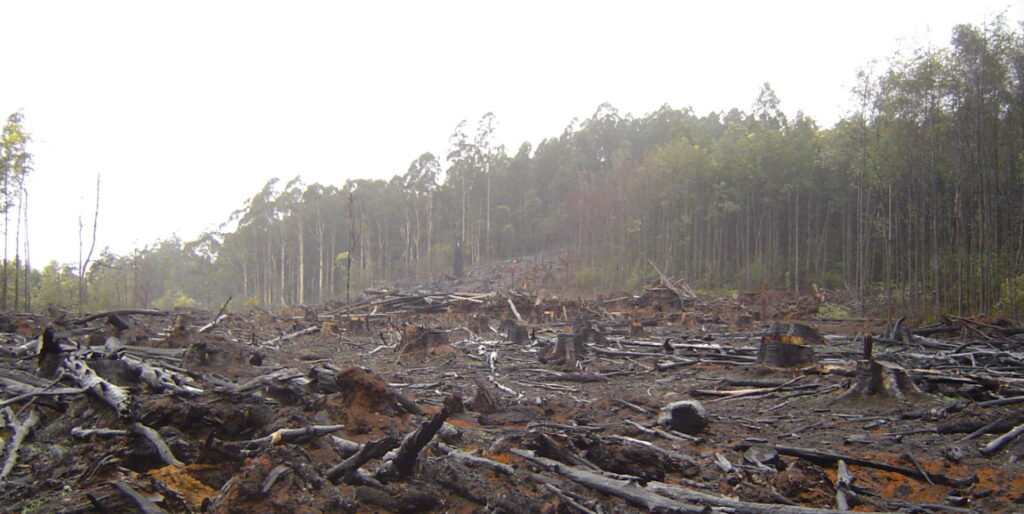
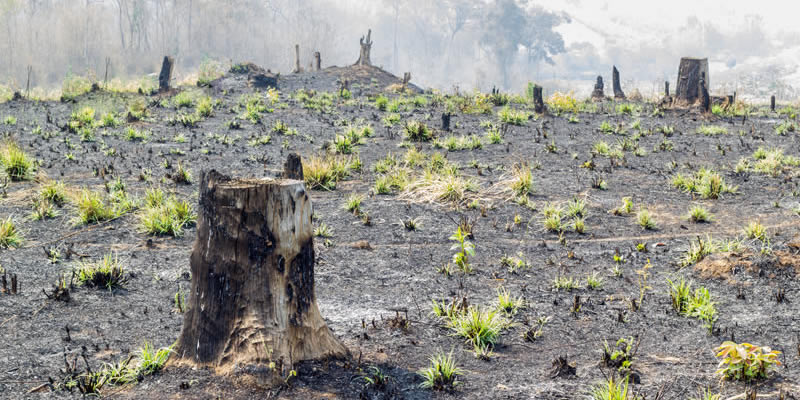
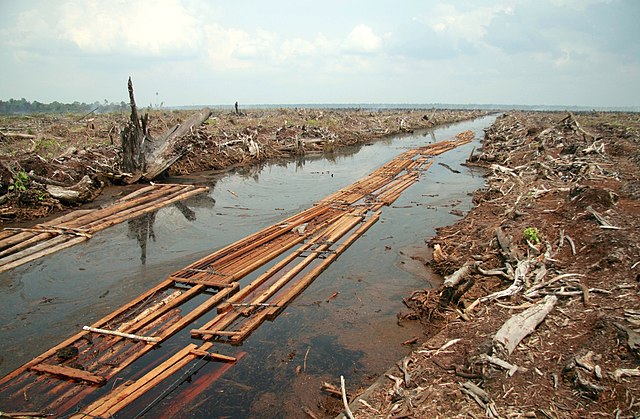
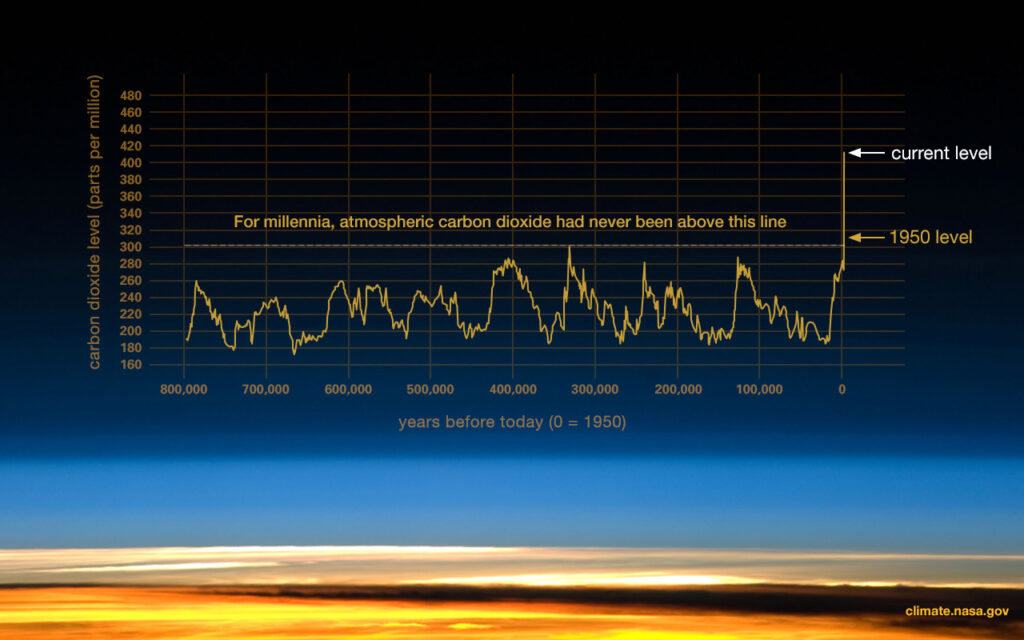
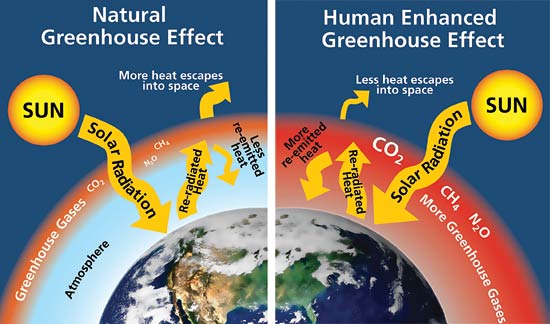
Recent Comments